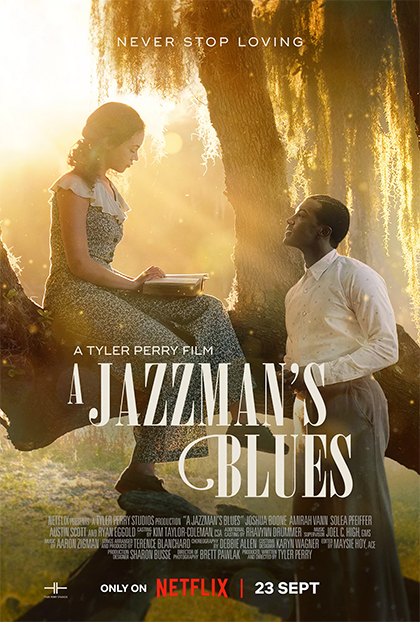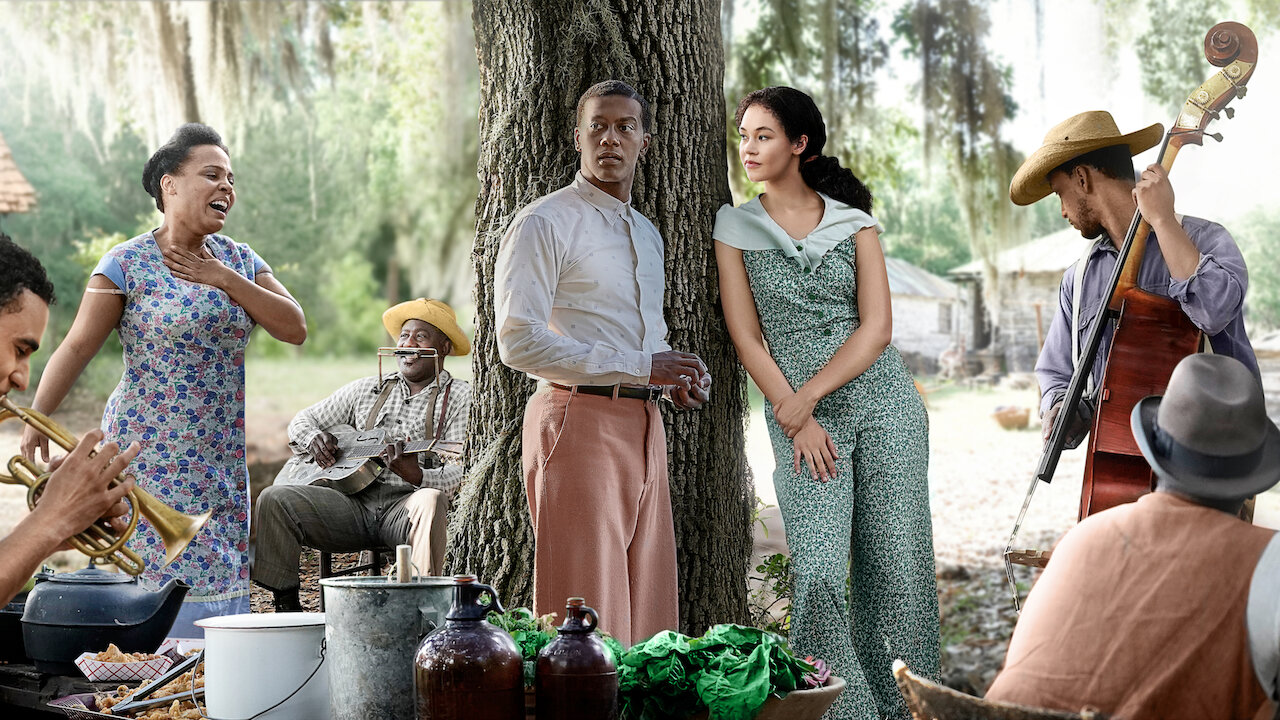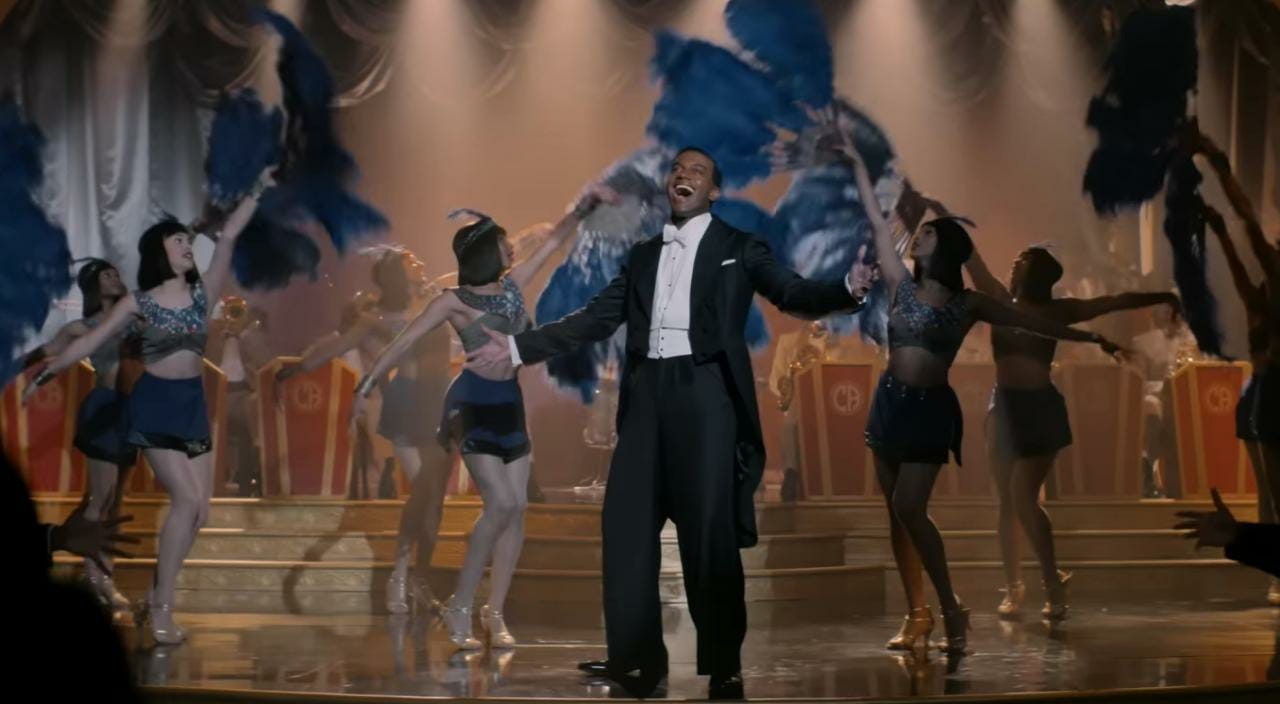
Written, directed and produced by Academy Award honouree Tyler Perry, A Jazzman’s Blues, takes audiences on a four-decade journey of forbidden love in the American Southern states. The film, that premiered at the Toronto International Film Festival, will be available on Netflix.
The movie unspools the vicissitudes of Bayou (Joshua Boone) and Leanne (Solea Pfeiffer) as star-crossed lovers, alongside an ensemble cast that includes Amirah Vann, Austin Scott, Milauna Jemai Jackson, Brent Antonello, Brad Benedict, Kario Marcel, Lana Young and Ryan Eggold. The story begins in the late eighties, when a parcel of old letters is delivered to the Georgia attorney general as evidence for a forty year old murder case. This moment is followed by a flashback, that leads us back to the heart of the affair that sparked secrets and lies in the midst of racial hate.

Thus we are catapulted to the community of Hopewell in Georgia, between the thirties and forties when Bayou, is in his late teens. He comes from a family of musicians. His father is a trumpet player, his mother sings beautifully and earns a living as a washer woman, and his domineering older brother Willie Earl develops a strong jealousy towards, to the point that circumstances will resemble the Cain and Abel archetype.
Bayou coyly woos Leanne, who gradually falls in love with him. She sends him paper airplanes through his window to indicate where they can meet, and within the romantic setting of an oak tree draped with moss, Leanne teaches Bayou how to read and their love for each other grows stronger than ever. But the girl’s mother has other ambitions, and takes her daughter up North to Boston. Leanne eventually gets married to a white man, who ignores her black heritage, since her complexion is fair. Needless to say that circumstances will make the lovers thwarted by a malign star meet again in Hopewell and their fate will not differ much from that of Romeo and Juliet.
A Jazzman’s Blues comes across as an Elizabethan tragedy transposed over the theme of colourism, contoured with soulful music. The performances are not expressed in the manner of a musical, where the characters’ state of mind is blurted out through songs that are intricately weaved in the narrative. In this case the music sequences are staged as club gigs or juke joint blues jam sessions. All songs are arranged and produced by multi-Grammy winner and two-time Academy Award nominee Terence Blanchard, through the music by Aaron Zigman and choreography by Debbie Allen. The film further features an original song performed by Ruth B.

Tyler Perry explained that he penned the script for A Jazzman’s Blues twenty-seven years ago — and it was the first screenplay he ever wrote. Despite almost three decades have gone by, the film is exceptional timely in the way it discusses the politics of Black and white people.
The historical drama is drenched with melodrama, as it mishmashes a combination of traditional storytelling ingredients. As a result the film comes across as a familiar narrative, since all the pieces of its puzzle draw from the classics, whether they come from literature film, theatre or Biblical scriptures, they work. The incredible strength of this picture is that even though it is fiction, it comes across as inspired by a true story — actually many true stories. The events that are brought to the screen authentically bring to light the fear around racism in the deep South, that oscillate into multiple tones, ranging from the mundane activities in the community of Hopewell to the entertaining musical interludes.
Tyler Perry shows the Black experience of the previous century with earnest intent, from the sectarianism of the Confederate states to the Jazz Age Chicago, as two lovelorn souls struggle to overcome an era of inequality and oppression.
Final Grade: B+

